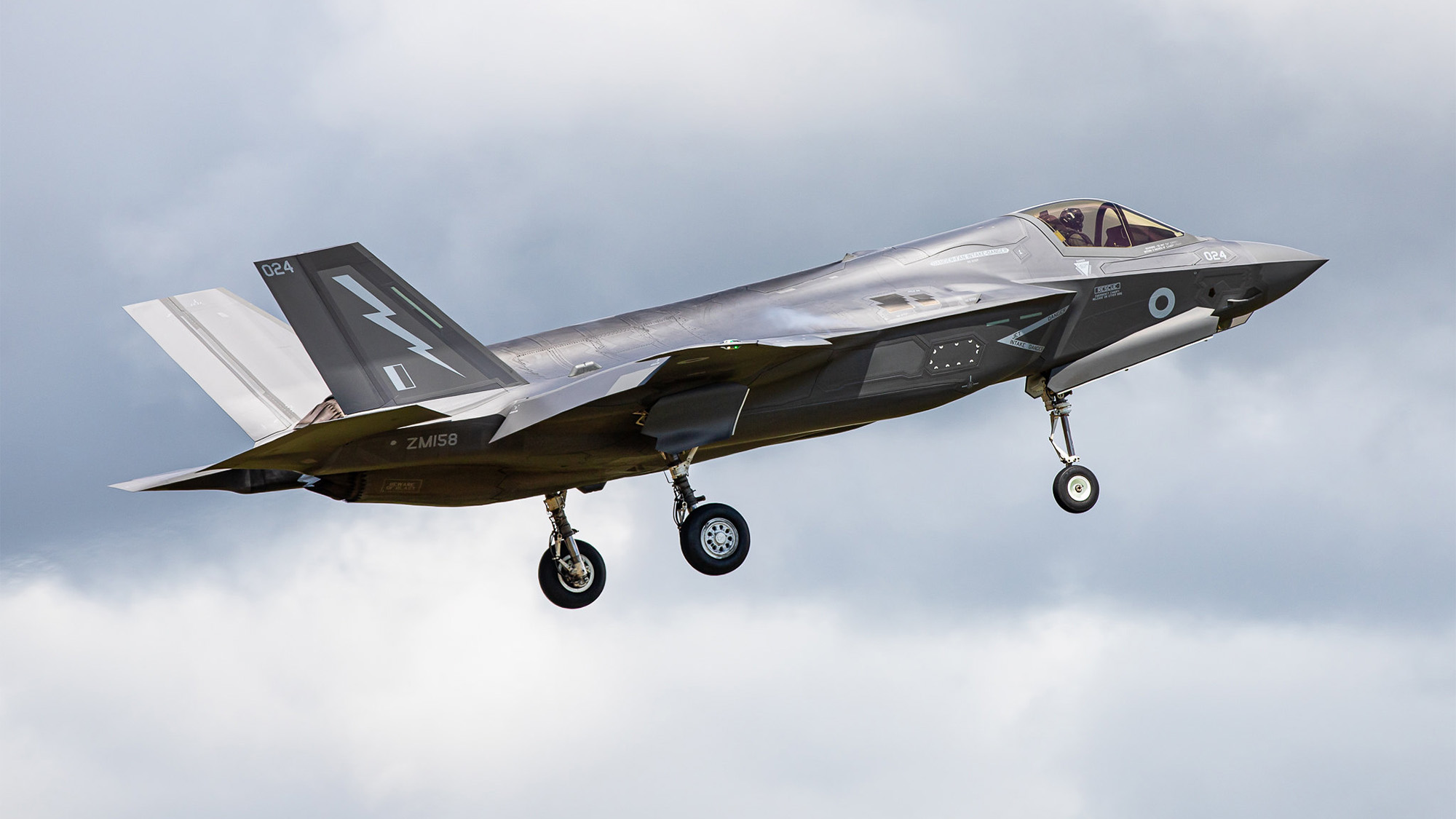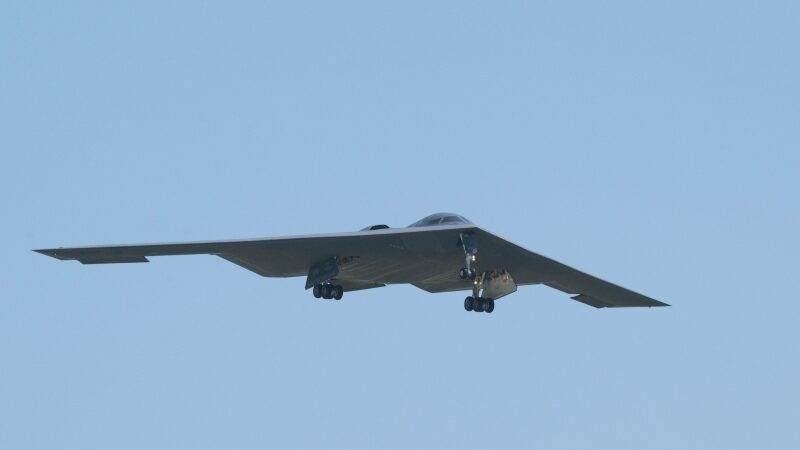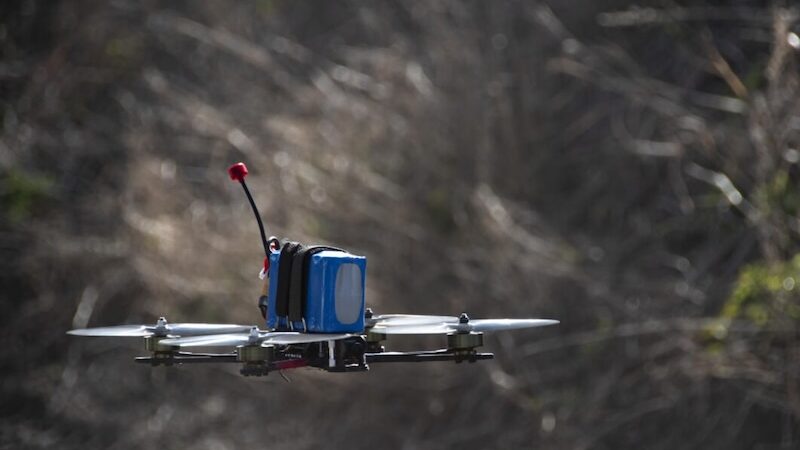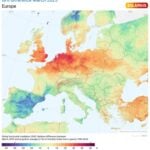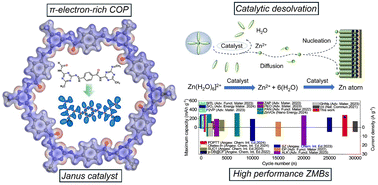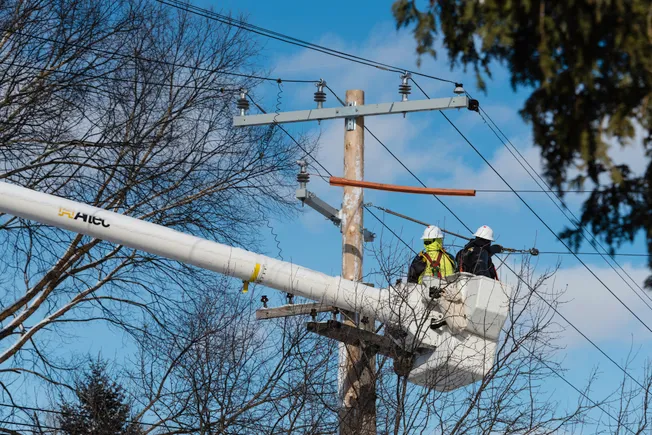The first tropical storm of the 2025 hurricane season is here
NOAA forecasts above-average activity for this year's Atlantic hurricane season. The post The first tropical storm of the 2025 hurricane season is here appeared first on FreightWaves.
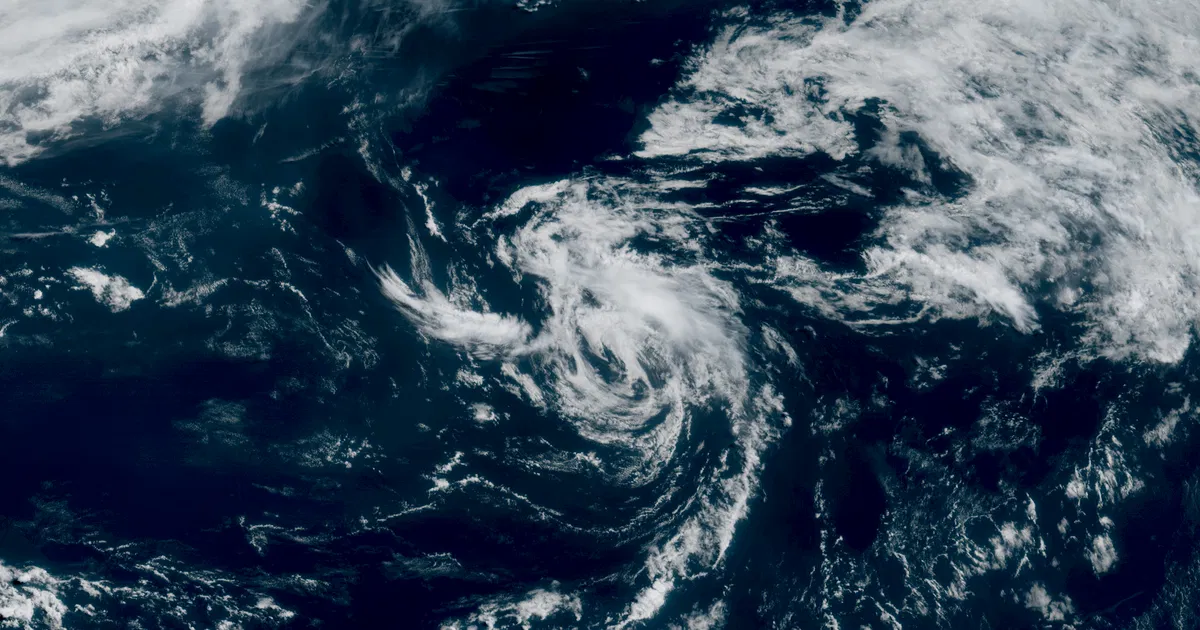
In the early hours of Tuesday morning, the National Hurricane Center announced the formation of Tropical Storm Andrea, the first named storm of the 2025 Atlantic hurricane season. Located in the central Atlantic, Andrea emerged after capitalizing on a fleeting window of favorable atmospheric conditions. Forecasters note that the storm is currently situated approximately 2,000 miles away from Florida, moving northeast at speeds between 15 and 20 mph. Despite its formation, Andrea poses no threat to any land areas and is expected to dissipate quickly due to adverse environmental conditions.
Andrea’s development aligns with climatological expectations, as historical data indicates that June 20th typically marks the start of named storms in the Atlantic basin. However, according to meteorologists, Andrea’s existence will likely be brief. The storm is projected to encounter high wind shear—a disruptive force for such systems—which will dismantle its structure within a short span of time. Additionally, Andrea is moving toward cooler ocean temperatures, away from the warm Gulf Stream currents that usually sustain stronger storm systems.
The 2025 Atlantic hurricane season, running from June 1 to November 30, is forecasted to be more active than usual. The National Oceanic and Atmospheric Administration (NOAA) has predicted a 60% chance of an above-normal hurricane season. Factors contributing to this outlook include continued ENSO-neutral conditions, warmer-than-average ocean temperatures, and a forecast for weaker wind shear, contributing to the potentially high level of activity in the Atlantic.
NOAA anticipates a total of 13 to 19 named storms, with 6 to 10 expected to strengthen into hurricanes. Of these, 3 to 5 may become major hurricanes, defined as Category 3 or higher. This outlook is bolstered by the potential influence of the West African Monsoon, which is known to generate tropical waves that can evolve into powerful Atlantic storms.

(Current sea surface temperatures in the Gulf of America and the tropical Atlantic exceed 27 degrees Celsius, a critical threshold for supporting cyclone formation. Image: NOAA)
Although Tropical Storm Andrea will not impact coastal regions, NOAA’s seasonal forecast serves as a critical reminder of the potential dangers posed by future storms. The agency continues to improve its forecasting capabilities, aiming to provide communities with more advanced warnings to mitigate the impacts of these natural phenomena. This year, NOAA’s upgrades include enhanced forecasting models and extended advisory lead times, allowing up to 72 hours of preparation before tropical cyclone impacts are felt on land.
Meteorologist Jim Dickey highlighted that while the Atlantic appears generally subdued with only scattered tropical waves emerging off the African coast, the conditions remain ripe for development in the coming months. He emphasized that the slow start to the hurricane season does not predict its conclusion, as historically, the most active part of the season unfolds in the late summer months. According to historical records analyzed by Dickey, seasons that started after July 1st still averaged 11 named storms, including six hurricanes and three major hurricanes.
The meteorological community warns that despite a calm beginning, residents along the U.S. Gulf and Atlantic coasts should remain vigilant. Preparedness ahead of peak hurricane season is key, as past events underscore the potential for far-reaching impacts, not only from the winds and storm surges but also from significant inland flooding.
As Andrea embarks on its probable short-lived journey across the Atlantic, it underscores the unpredictable nature of tropical systems. With advanced forecasting tools and proactive communication strategies at their disposal, NOAA and its partners remain committed to safeguarding lives and property through timely and accurate forecasts. With the above-average forecasted activity, officials continue to urge preparedness across vulnerable communities, emphasizing that planning and readiness are crucial steps in facing the challenges of an active hurricane season.
As the season progresses, meteorologists will be keeping a close eye on the evolving patterns and conditions that could signal the development of new systems. For now, the Atlantic basin’s first storm serves as a seasonal benchmark and a prelude to the potentially turbulent months that lie ahead.
The post The first tropical storm of the 2025 hurricane season is here appeared first on FreightWaves.





















































































